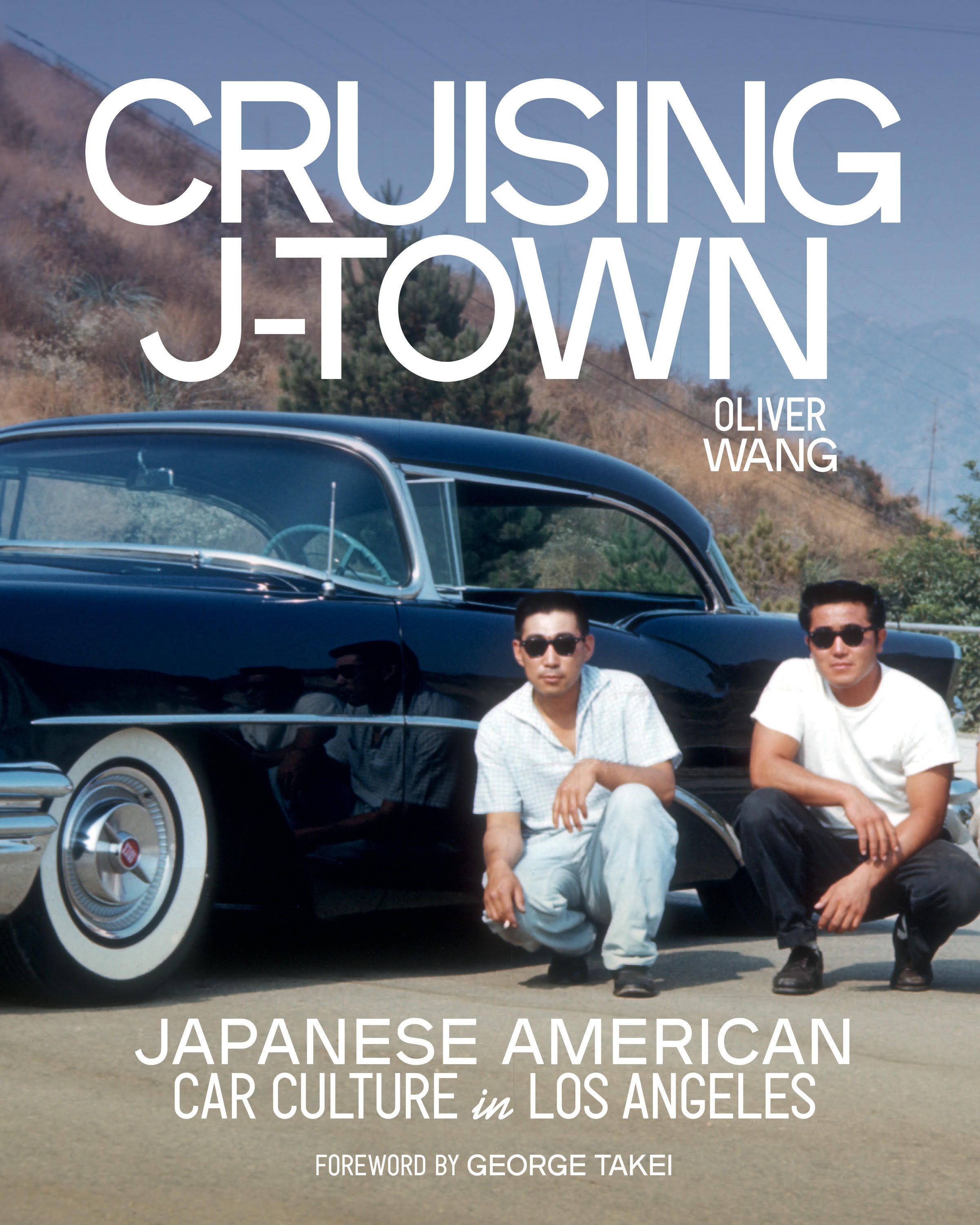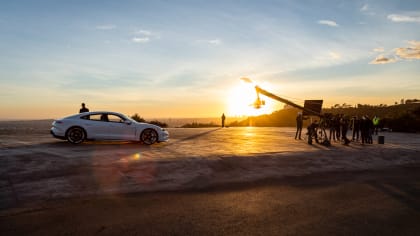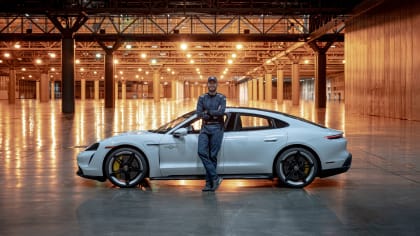CRUISING J-TOWN, THE BOOK
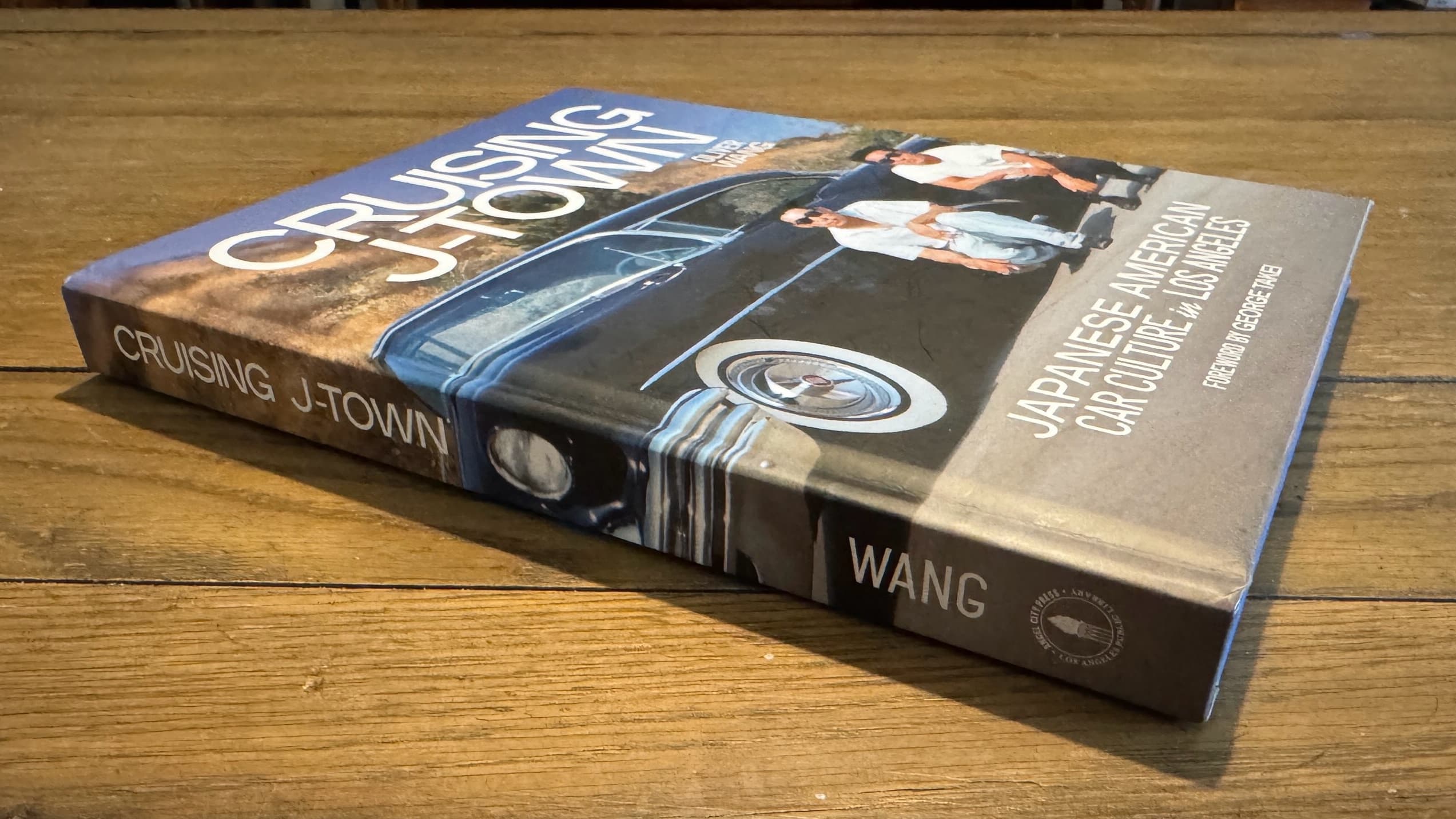
This is a book about Japanese American car culture in Los Angeles, race relations, Asian Americana, families, and our obsession with wheels. Each and every story is brimming with personalities, resilience, and passion. It’s also one of the best history books on Asian Americans.
By Susie Ling
Tue, Jul 22, 2025 10:00 PM PST
Featured image above: A full color photograph of Tad Hirai, Jim Kono, and Willie Morita of the Jr. Dekoiyos car club, San Fernando Valley in the late 1950s and a 1955 Buick Century (likely customized by Hirai, an employee at Valley Custom in Burbank) is printed directly on the hardcover of the book (Credit: Courtesy of Bob Mochizuki and Angel City Press).
“From the moment you lay your eyes on it, you realize this is an extraordinary work. There’s no paper dust jacket. A photograph of the Jr. Dekoiyos car club graces the actual hardbound cover. Open the book and the inside front cover reveals another photograph from history. There are no blank pages; not a single page is wasted. The well-documented photos and text continue on through the very last page of the book.” *

As with many of the best coffee table car books, you don’t need to read from one cover through to the other cover. You just drool at the pictures and skip around. But if you do read the 288-page book in its presented order, it becomes more than a car book; it lends insight to the Los Angeles ethnic experience. “Chapter 1: Hitting the Road” explores the origins of the Japanese American car culture in Los Angeles. “Driving Off” confronts the World War II incarceration camp experience. “A Golden Era” dives deep into the postwar car culture. Finally, “From the Street to the World” looks at the more contemporary car scenes.
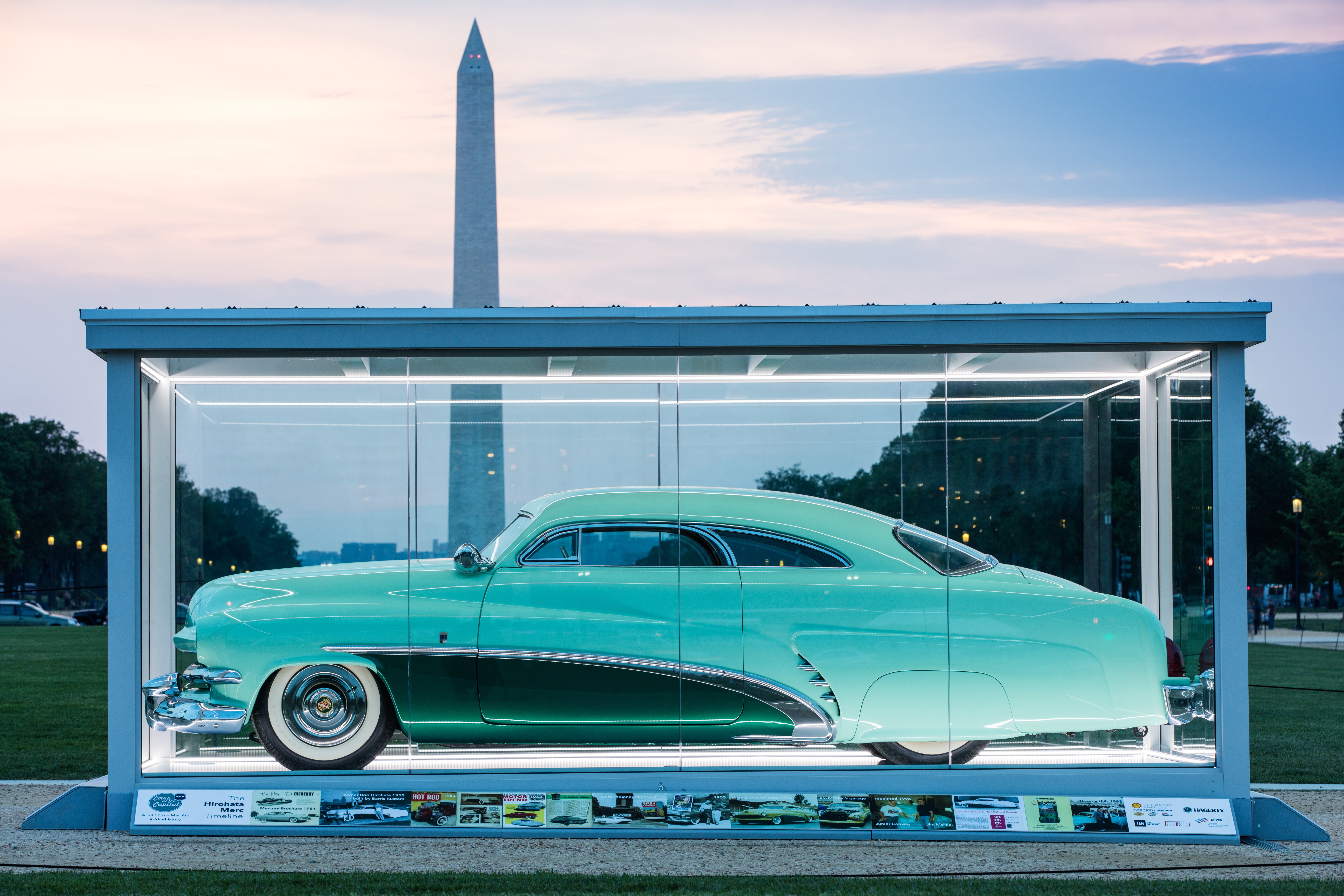
You expect “Chapter 3: A Golden Era, Postwar Car Culture”. Yes, there is a long exposé on 1950s car clubs - and their paraphernalia, the cruising (p. 111 explains that the legal definition is “unnecessary repetitive driving”), the drag racing and hot rodders, and the customizing. But what about the other three chapters? What did the author, Dr. Oliver Wang, write about in his opus on Los Angeles’ Japanese American car culture?
Oliver says he's not a car guy; he is also not of Japanese American descent. However, his Japanese American in-laws told story after story about cars at the dinner table. And he repeated to his Sansei or third generation wife again and again, “Somebody should write all this down. Why isn’t anyone writing down this history of Japanese American car culture?”
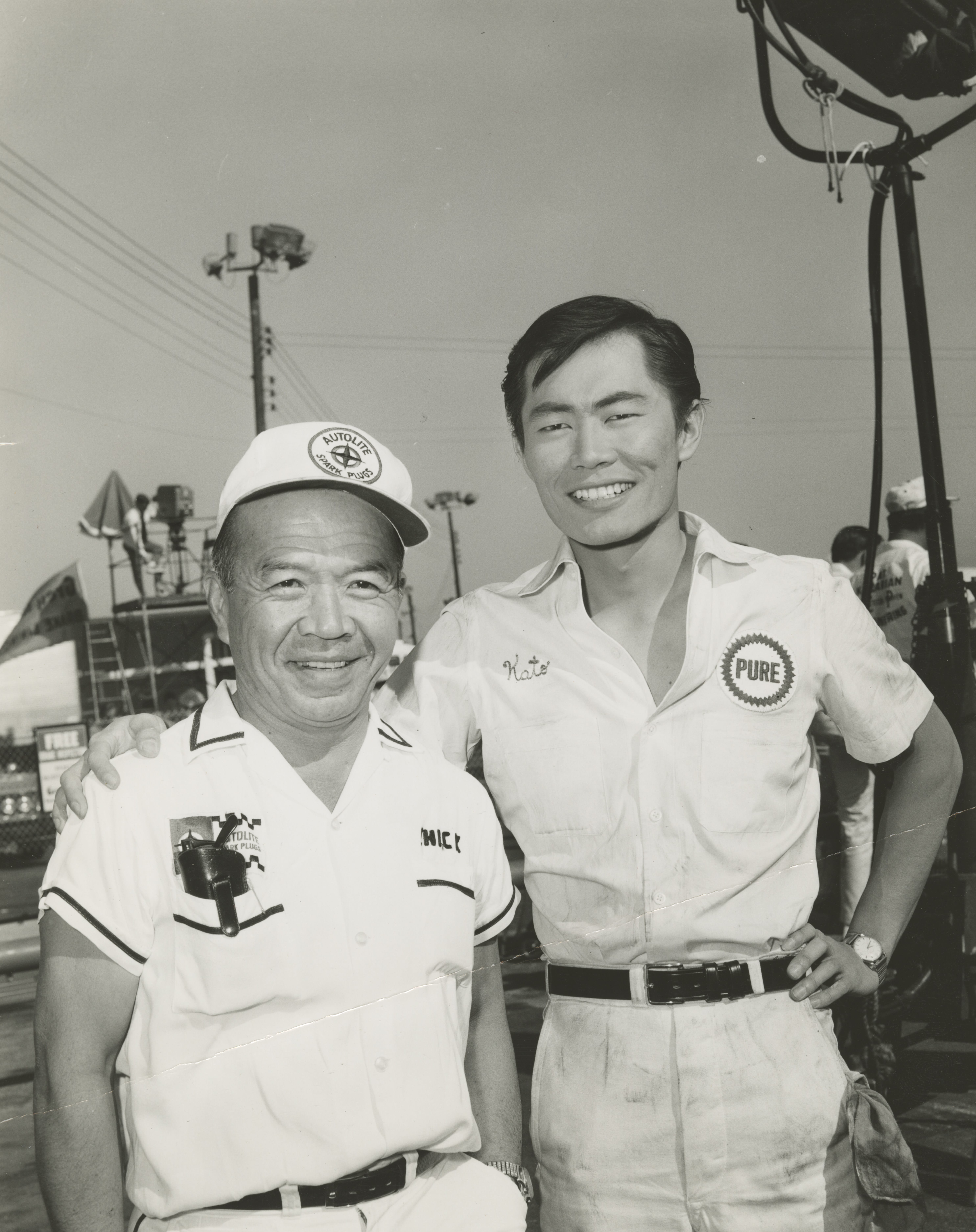
No one else did, Oliver, because it is like opening a giant Pandora’s box. If you are going to pay tribute to Japanese American love for automobiles, you have to tell all of it. You have to listen to so many stories, understand the connections of buddies and their buddies, catalogue hundreds of photographs, and find words to capture this indescribable community passion. You have to know that you’ll become historian, psychiatrist, and social influencer all rolled in one.
Well, Oliver Wang, Professor of Sociology at California State University, Long Beach, went into this Pandora’s box. After eight years came an exhibit at the Peter and Merle Gallery in the South Campus lobby of the ArtCenter College of Design, under the sponsorship of the Japanese American National Museum (see LA Car’s Cruising J-Town: Behind the Wheel of the Nikkei Community).
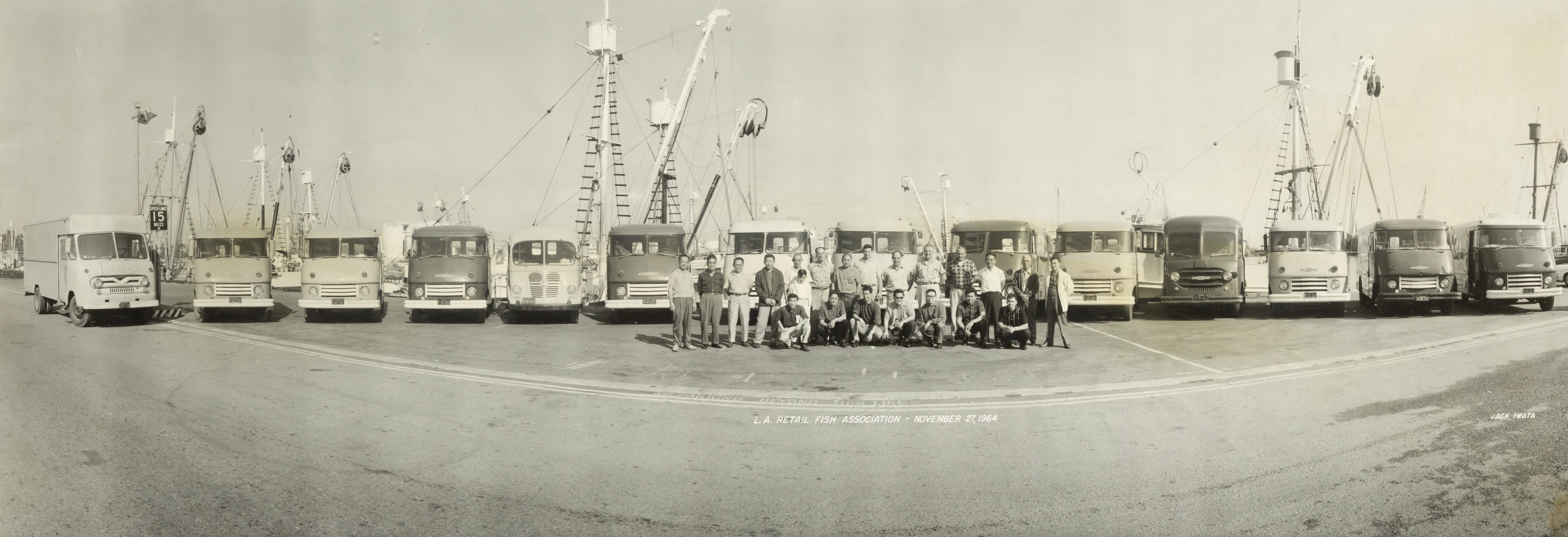
And now there is a book. To get there, Wang interviewed 100 informants – many of them for hours. His bibliography is eight pages of small print. The index is eight more pages. If Wang wasn’t a car guy before, he is now the walking encyclopedia on Nikkei car culture. “Nikkei” means Americans of Japanese descent – from first generation to sixth generation.
This is not just a book about cars and their people. It is about Los Angeles race relations, about Asian Americana, about families, and about Angelinos’ obsession with wheels. In each and every one of his talk stories, Dr. Wang shows personalities, resilience, and passion.
And this is one of the best history books on Asian Americans.** Chapter 1 introduces the Issei pioneers of the early 20th century such as Fred Jiro Fujioka. Among a lot of other things, Fujioka established the Japanese Auto Club of Southern California (JACSC), “modeled after the larger (and whiter) Auto Club of Southern California” (38). Fujioka actually publishes – in 1918 - a Jidosho 自動車 directory of 850 Japanese residents and the model of their vehicles. Many early fishmongers and gardeners needed pick-up trucks to get their work done. For their “American-raised teenagers, access to a car created opportunities for Nisei to explore a larger social landscape” (40). Until World War II.
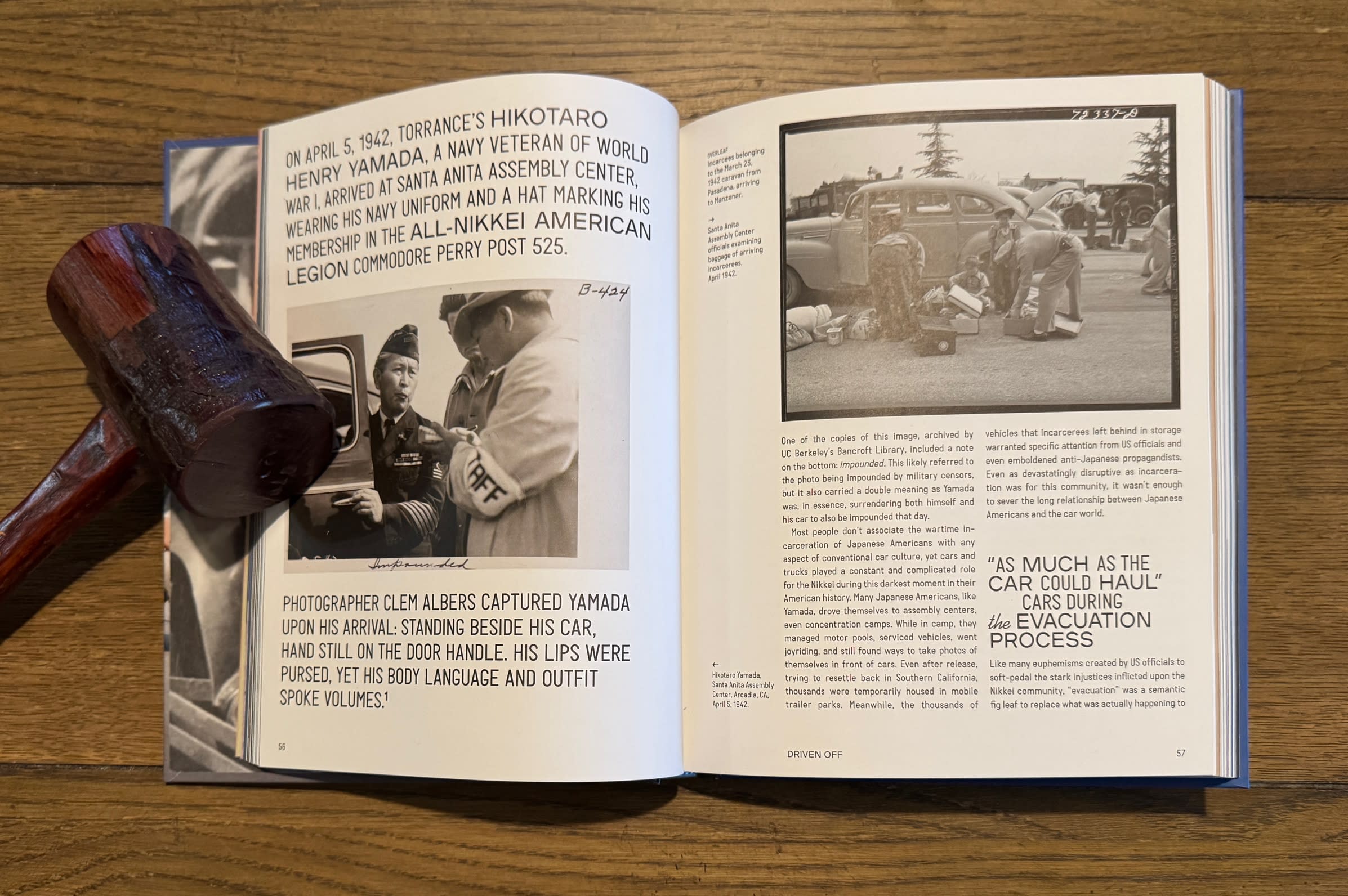
In “Chapter 2: Driven Off”, Wang delves into the World War II incarceration experience. Diligent vegetable farmers had no choice but to defy the government-ordered curfew by driving without their lights to get their work done. Wang talks about the caravan of cars that drove to Manzanar, only to lose their cars to the War Relocation Authority (WRA) upon arrival. He discusses the few private vehicles some used to leave camp and to live in. And he mentions the caravans that have driven back to Manzanar each year since 1969 as part of the Manzanar Pilgrimage to commemorate this experience that should never have happened on American soil to American people.

Many readers will read every single word in Chapter 4 (“From the Street to the World”) that explores imports, customization, drifting, and dekocars. Wang concludes, “Nikkei car culture is maturing into its second century. Especially with a sixth generation of Japanese Americans being born across the Southland, these family connections will provide anchors of continuity that ensure that the legacies of this car community will continue to survive and thrive into the foreseeable future” (238).

This book also includes fun sidebars, like the one on auto designers of Japanese descent; the impact of the 134/210 freeway on the Japanese community in Pasadena; on car audio; on Japanese American drifting; and others. Of note, throughout the book, there is much inclusion of women. There were the Atomettes, a 1950s girls club, who planned travel excursions in their Chevy Bel Air. There’s another feature on Drifting Pretty, an all-female group of badass professional drivers from the 1990s.
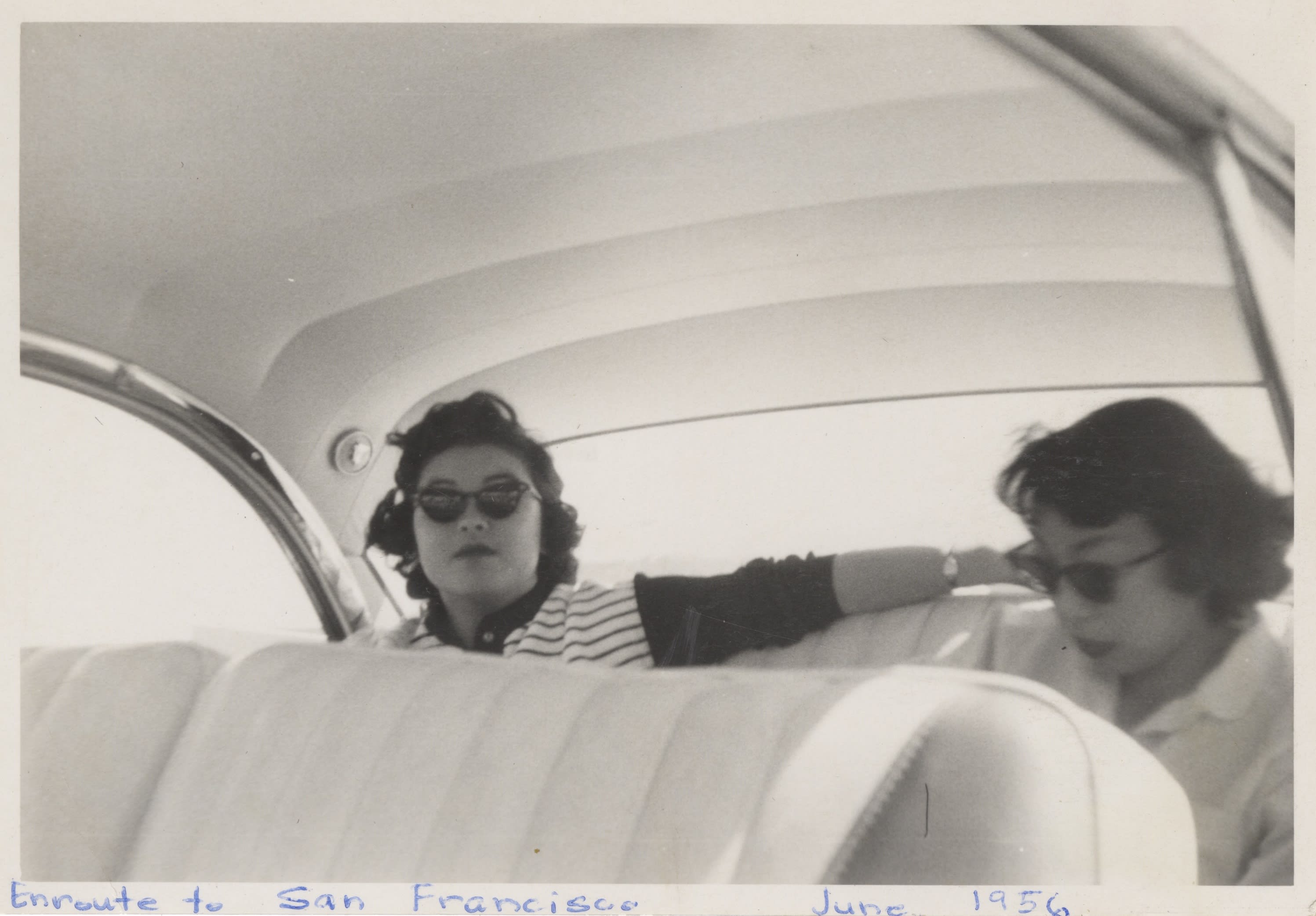
This can only be the beginning. The proverbial Pandora’s box is now open – and that’s a good thing. There will be more pictures, more stories, more tangents and more spin-offs.
* LA Car Editor Roy Nakano's comment on the book.
** The author, Susie Ling, spent 40 years conducting oral histories of ethnic Americans, including oral histories of a few hundred Japanese Americans through various entities such as Pasadena City College and the Pasadena Museum of History. She serves as the Editor of the Chinese Historical Society of Southern California’s Gum Saan Journal, and received the Society's Gold Spike award for storytelling. Susie is presently an Associate Professor at Pasadena City College teaching Asian American history, among other courses. In June of 2025, she became the recipient of Pasadena City College’s inaugural Harry Kawahara Award.
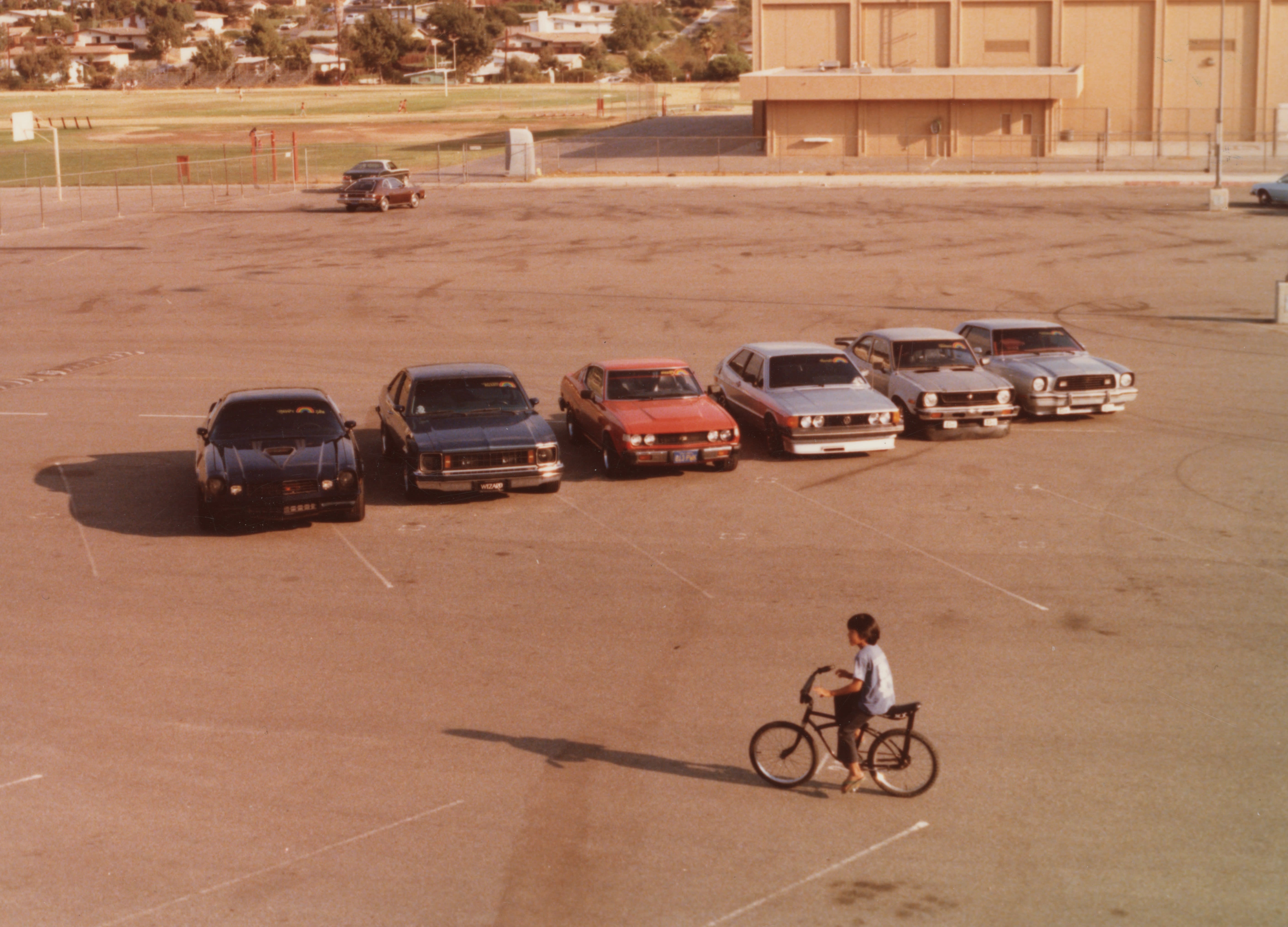
CRUISING J-TOWN
Japanese American Car Culture in Los Angeles
Author: Oliver Wang
Publisher: Angel City Press at the Los Angeles Public Library
Publication date: August 5, 2025
Format: Hardcover book
Edition: First
Language: English
Print length: 288 pages
ISBN-10 : 1626401357
ISBN-13 : 978-1626401358
Item Weight : 2.4 pounds
Dimensions : 8.25 x 1 x 10.5 inches
Price: $50.00
Available from: The JANM Store
Also available from Amazon.com
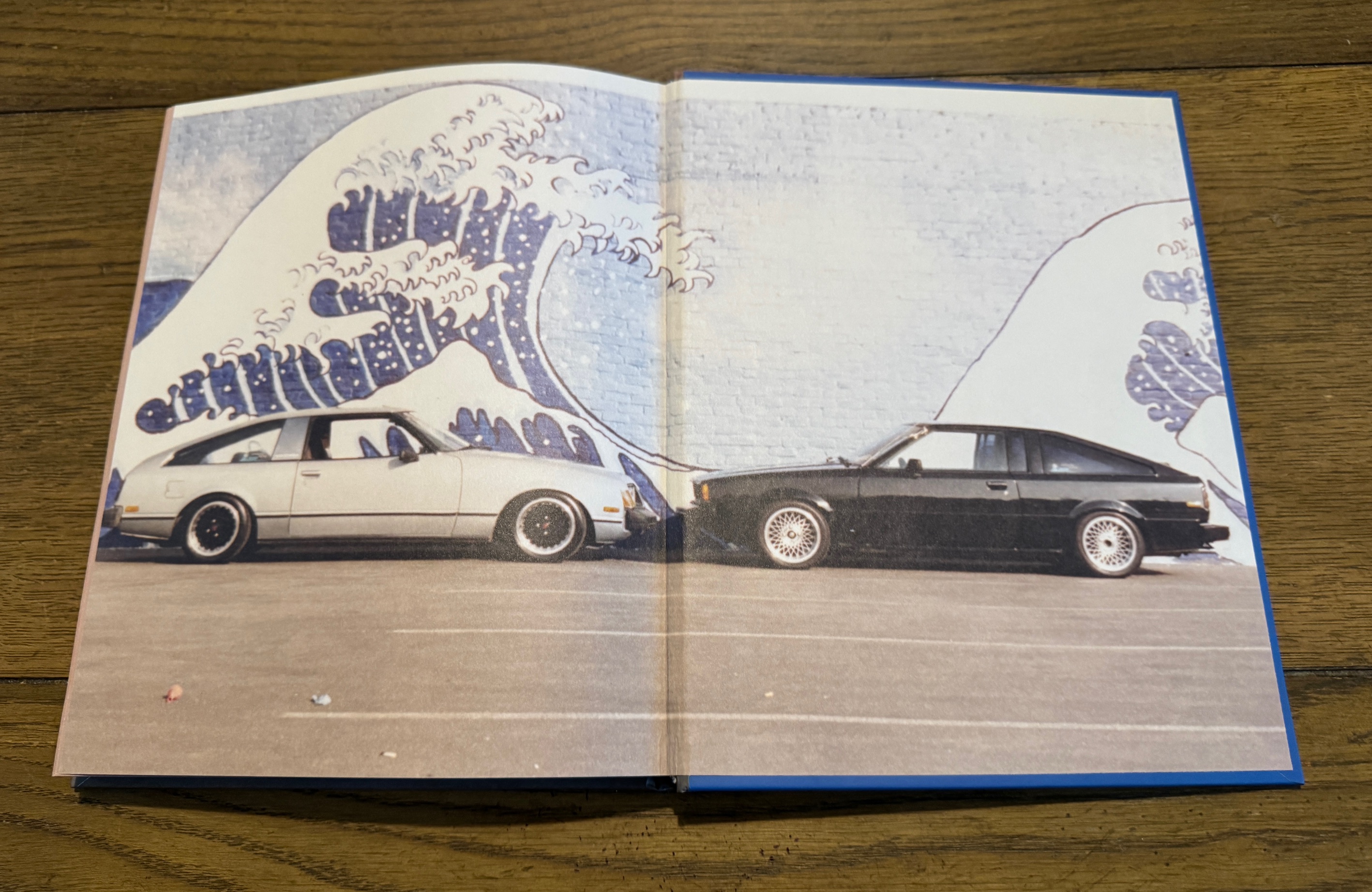
The companion exhibition, Cruising J-Town: Behind the Wheel of the Nikkei Community, produced by the Japanese American National Museum and hosted at ArtCenter College of Design, is on view from July 31 through November 12, 2025 (Editor's Note: It's just been extended through December 14th, 2025!).
The exhibit is viewable at:
Peter and Merle Mullin Gallery
ArtCenter College of Design
1111 South Arroyo Parkway
Pasadena, CA 91105
For more information about the exhibit, please click here.
About The Author

Susie Ling is an Associate Professor in the Social Sciences Division of Pasadena City College, where she teaches history. In addition to amassing hundreds of oral histories in the Southern California region, she's been a long-time contributor to LACar - with articles spanning from vehicle reviews to historical insights about Los Angeles.


